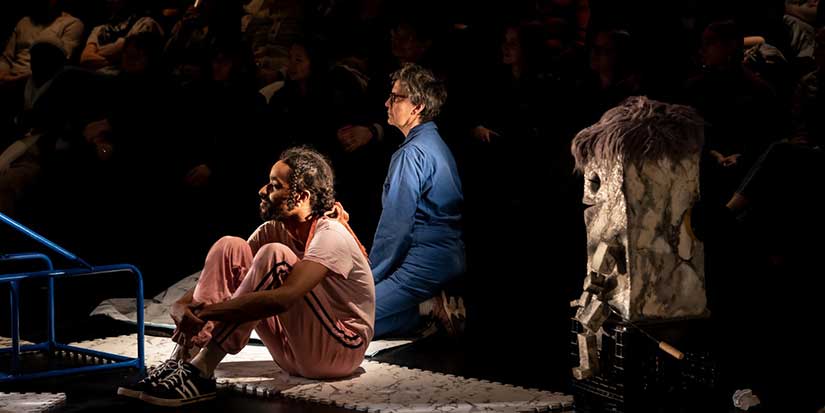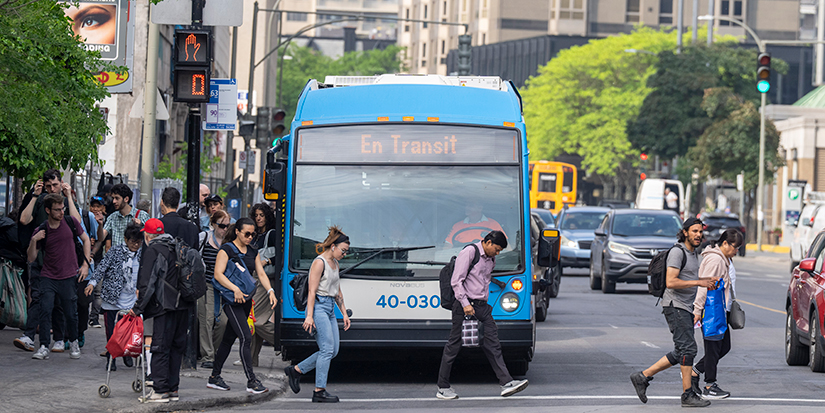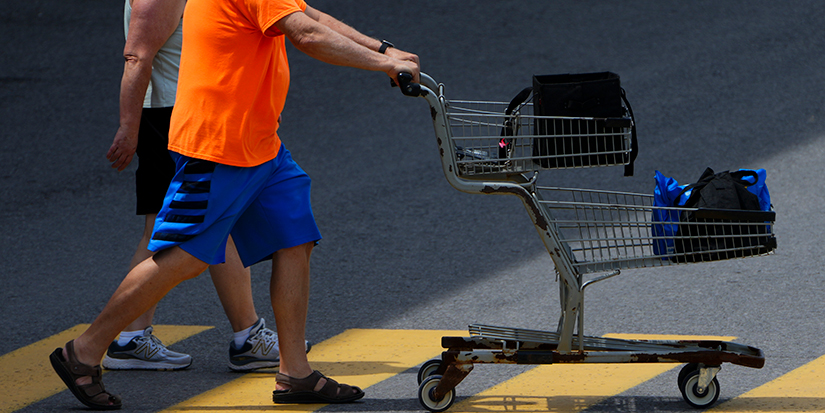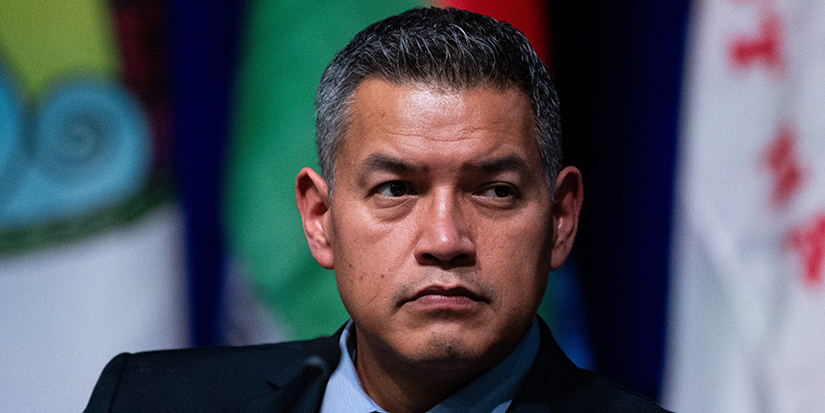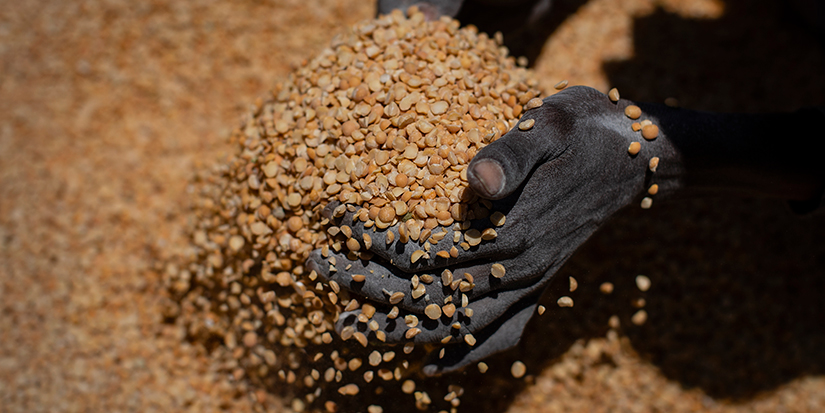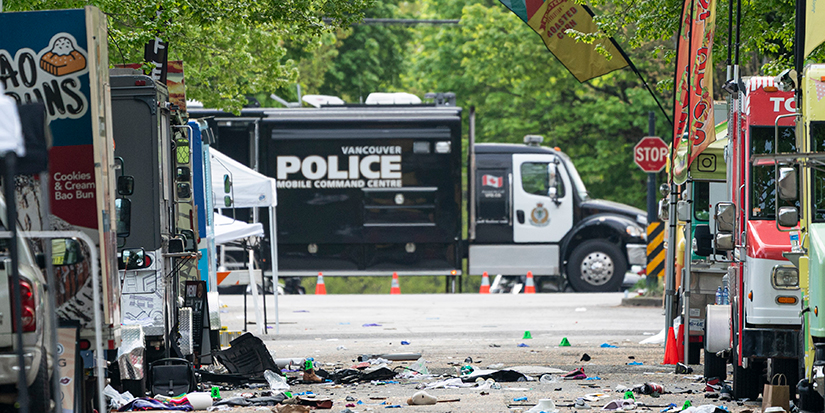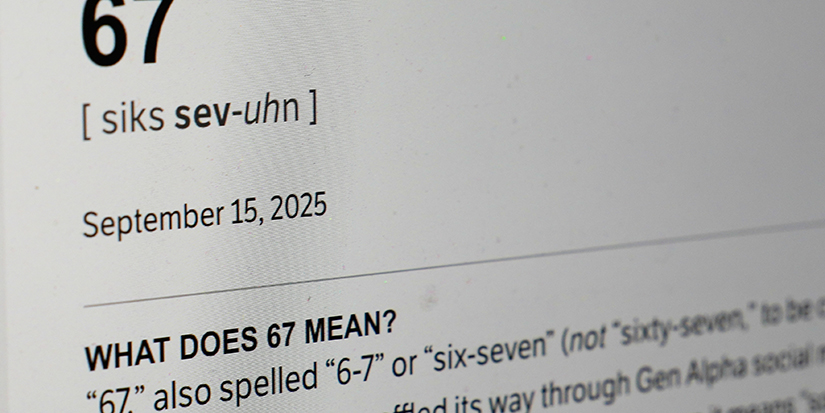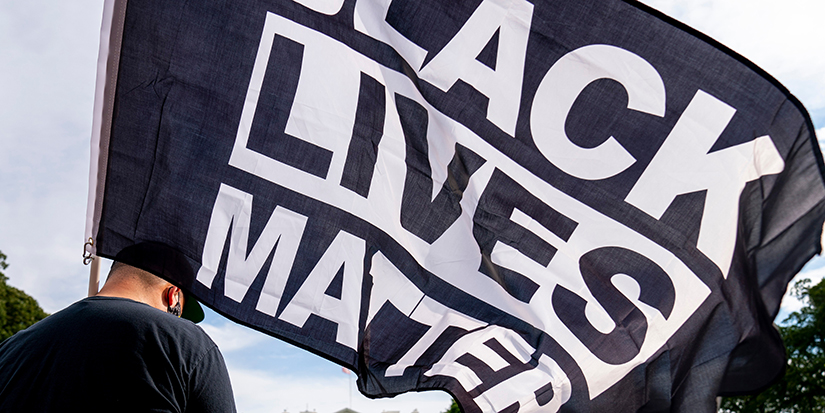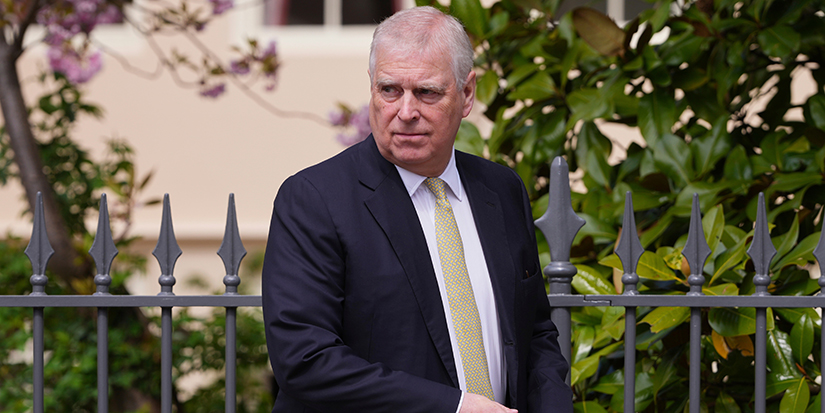Latest News
Richmond Art Gallery unveils 2024 exhibition lineup

Published 11:15 PST, Mon December 4, 2023
Last Updated: 12:35 PST, Mon December 4, 2023
—
Richmond Art Gallery (RAG) announces their exhibition lineup for 2024. The six exhibitions all reflect themes that are connected to contemporary life, from food to representation, translation to queer aesthetics. RAG presents emergent and acclaimed local and international artists in exhibitions that speak to the local context, while also contributing to the broader discourses of Canadian art history. The Gallery has a long tradition of showcasing underrepresented artists.
“The 2024 program centres on existential questions, such as how do we communicate with others across communities and how do we create connections across difference,” says RAG curator Zoë Chan. “The artists address representation, embodiment, performativity, and more through works that span video, installation, performance, printmaking, and puppetry. We’re committed to showcasing exhibitions that compel our publics to actively engage in dialogue and reflection around a wide range of pertinent topics to today’s complex world.”
“Our exhibitions are programmed to offer various entry points for a range of diverse visitors, while also introducing them to exciting works by artists both from Richmond and further afield,” says RAG director Shaun Dacey. “Our shows are responsive to our location within the Richmond Cultural Centre and the social fabric of the city.”
Jan. 20–March 31
but this is the language we met in; 我们在这个语言中相遇
Featuring: Shen Xin
Shen Xin’s haunting solo exhibition but this is the language we met in; 我们在这个语言中相遇 dives into communication in all its myriad forms — gestural, oral, written, digital — across culture, time, and space, linking humans, animals, and nature. At the centre of this exhibition is a poetic new video, the first in a larger series titled Grounds for Coherence. Its eclectic imagery percolates with the artist’s intense yearning to uncover and understand language in its most primal, even primeval forms, while connecting these to contemporary languages of prose and protest. Audio includes snippets from a famous Chinese Communist Party song “Solidarity to the People,” a folk song in a Chinese regional dialect, protest slogans, and even a conversation between lovers.
Let the real world in
Featuring: Kirsten Leenaars (US), Wapikoni Mobile (Quebec, Canada), Yoshua Okón (Mexico), Yaimel López Zaldívar (Canada)
In this group exhibition, director Jean-Luc Godard’s urgent appeal that “film should bear witness to the period” is boldly articulated throughout a varied selection of contemporary videos that centre on children and youth. It is often common practice to speak on behalf of children or try to protect them from difficult realities. In contrast, these videos vividly foreground young people’s agency, taking seriously their perspectives, ideas, and experiences of the world. Vancouver-based Cuban artist Yaimel López Zaldívar responds to each of the video works with newly commissioned screenprints, created in the tradition of Cuban political and cultural poster-making in the 1960s, 70s, and 80s.
April 20–June 30
Unit Bruises: Theodore Wan & Paul Wong
Featuring: Theodore Wan, Paul Wong
Unit Bruises brings together the works of two Chinese-Canadian conceptual artists active during the 1970s: Theodore Sasketche Wan (b. 1953; d. 1987) and Paul Wong (b. 1954). By mobilizing their own respective bodies, and the visual languages of medical and procedural illustrations, both artists subverted notions of objectivity that have been naturalized through such hegemonic imagery. Through these intensely physical works, the two artists respectively asserted their othered subject-positions as people of colour as well as ruminated on the topics of illness, death, and the human condition. The exhibition includes rarely seen works by both Wan and Wong that continue to resonate in today’s sociopolitical climate, particularly given the rise of anti-Asian hate crimes.
Hazel Meyer: The Marble in the Basement
Featuring: Hazel Meyer
What gets stored in a shoebox? Deposited into an archive? Shoved into a corner? Catalogued as important? Fever pitched towards a garbage can? Centered on a pile of marble scraps that possibly once belonged to iconic Canadian artist Joyce Wieland, Meyer’s installation and performance The Marble in the Basement untangles issues of power, memory, and inheritance by anthropomorphizing a forgotten object from this influential Canadian artist’s domestic archive. The work is a part of The Weight of Inheritance, Meyer’s multi-year research project funded by the Canada Council for the Arts, which looks to the legacy of Canadian artist and experimental filmmaker Wieland to work across questions of inheritance. Meyer asks how a notable and supported figure like Wieland can direct us to lesser-supported histories of art, land, representation, and care.
July 20–Sept. 29
It begins with knowing and not knowing
Featuring: Rebecca Bair, Xinwei Che, Patrick Cruz, Zoë Kreye, Ogheneofegor Obuwoma, Michelle Sound, Ximena Velásquez
It begins with knowing and not knowing highlights works by artists who engage with dimensions of spirituality and ritual in order to find greater meaning, rebuild ties with community, or regain a sense of optimism within a world rife with inequality, injustice, trauma, pain, and uncertainty. A range of aesthetics, materials, and performative practices will be represented as the featured artists transform the Gallery space. Highlights will include Zoë Kreye’s ethereal yet deeply embodied textile-based installations, Rebecca Bair’s cyanotype pieces holding the shea butter traces of her hair care routines, and Ogheneofegor Obuwoma’s striking video that delves into her Catholic boarding-school experiences.
Oct.19–Dec. 31
FOODWAYS
Showcasing work primarily from the past decade, FOODWAYS focuses on artists who explore food and food cultures, addressing a rich range of questions regarding identity, personal narrative, memory, collective histories, community, and the transmission of knowledge. Their artworks are often intersectional and embodied in nature, highlighting how ethnicity, culture, kinship, spirituality, socio-economic status, age, gender, and geography percolate through the practices and processes of procuring, processing, preparing, and consuming food. Public programming will include a series of food-related community events focused on gardening, food security, seed saving, biodiversity, and more.
